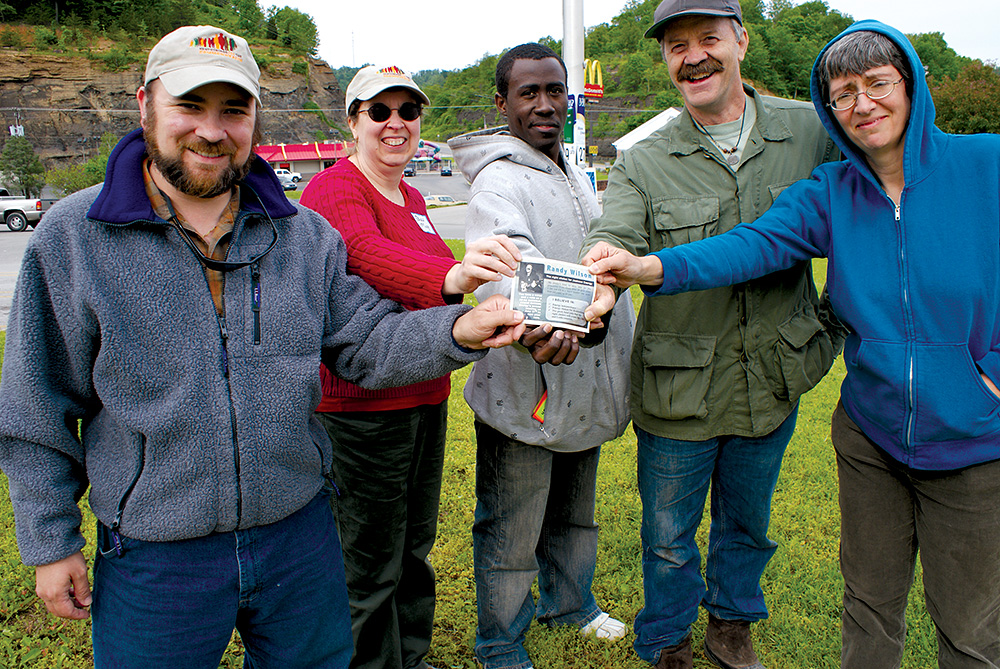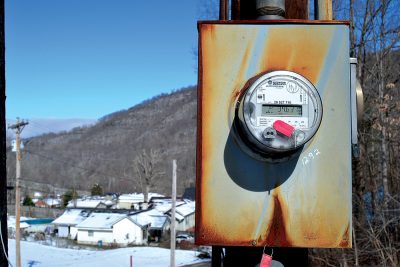Power to the People
According to an article in The State, the special vote occurred several months after the publication revealed the part-time board paid itself roughly $52,000 per director, plus healthcare and other benefits — more than triple the national average.
After the board members’ salaries were revealed, there were widespread calls for the board to resign, including from state representatives and the trade group Electric Cooperatives of South Carolina. The day before the Aug. 18 vote, The State reports, the board held a secret meeting in an attempt to fire the co-op’s CEO and cancel the vote. Hundreds of co-op members showed up to protest the meeting.
“You’ve solidified your character as cowardly and unethical,” Tri-County member-owner Joe Strickland told the board, according to The State.
A judge issued the board a temporary restraining order to prevent any action before the vote. None of the board members showed up to the Aug. 18 meeting. The Electric Cooperatives of South Carolina has since announced potential reforms to prevent situations like this at other co-ops.
What happened in South Carolina is just one example of energy democracy, a nationwide movement to end utility corruption and bring power to the people. When America’s modern electricity system first began to materialize in the late 19th century, it made sense to centralize energy generation as much as possible; building and maintaining such infrastructure is massively expensive.
Over the years, however, most power providers have become entrenched monopoly utilities, largely complacent with the way things have always run. Ratepayers, on the other hand, have come to want cleaner and more efficient energy from their utilities.

In 2009, Randy Wilson, second from right, became the first to run against a sitting board member at Jackson Energy Cooperative in Kentucky. He lost the election, but his campaign, assisted by Kentuckians For The Commonwealth, raised awareness of energy democracy. Photo courtesy of KFTC
Solar prices have dropped dramatically over the last decade, and 76 percent of voters across party lines want utilities to provide more solar, according to a September 2018 poll commissioned by the trade group Solar Energy Industries Association.
John Farrell is the director of the energy democracy initiative at the Institute for Local Self-Reliance, a nonprofit advocacy group. On the organization’s website, Farrell states that energy democracy “implies an energy system that is democratic, where decisions are made by the users of energy.”
Farrell says that the fossil fuel energy system “lent itself to energy centralization” due to coal and nuclear power plants’ large economies of scale.
“With renewable energy, there’s no such requirement,” he says. “There’s no need to concentrate capital in the same way; we can distribute ownership over lots of people. A perfect example is that in California, over 700,000 electric customers — residents and businesses — are now energy producers that have solar on their rooftops.”

The Minneapolis Energy Options campaign brought greener energy to the city in 2014. Photo courtesy of John Farrell
Coal plants and other fossil fuel infrastructure are often built near low-income communities, which are typically also hit the hardest by high electricity costs.
Low-income, rural households spend 9 percent of their annual income on energy, compared to the national average of 3.3 percent, according to a July 2018 report by the American Council for an Energy-Efficient Economy, a nonprofit policy organization. This forces some families to choose between keeping their home at a comfortable temperature or affording food and medical care.
Stories like these are why Farrell and others strive to advance energy equity, the idea that everyone should have equal access to clean, efficient energy. He emphasizes that with locally distributed energy, residents have more control over energy’s potential impacts on their community.
“We have always felt it’s best to make decisions about our economy closest to where the people who will experience the consequences of those decisions live,” Farrell says. “With a coal power plant, for example, nobody really wants to have to live near that,” he adds.
Liz Veazey — national network and fellowship coordinator of We Own It, an organization that advocates for electric cooperative member engagement — states that electric co-ops could be a transformative force to address problems in communities such as high energy costs relative to income and lack of high-speed internet.
In an email, Veazey wrote, “The [rural electric co-op] could become an engine of local economic growth that better serves the entire community with local energy efficiency programs, local renewable energy generation, broadband internet, support for local hospitals and healthcare and more.”
Related Articles
Latest News

Leave a comment
Your email address will not be published. Required fields are marked *





